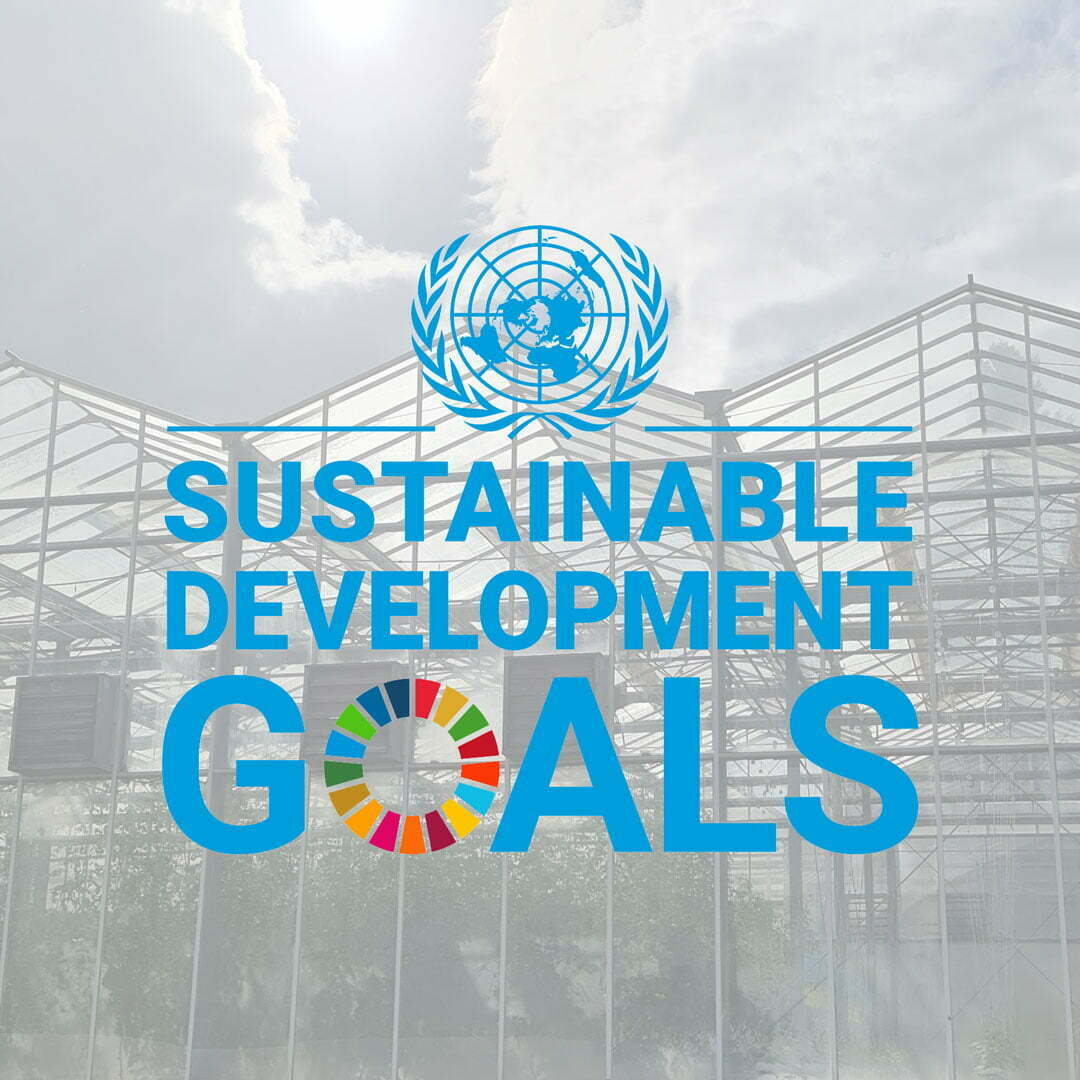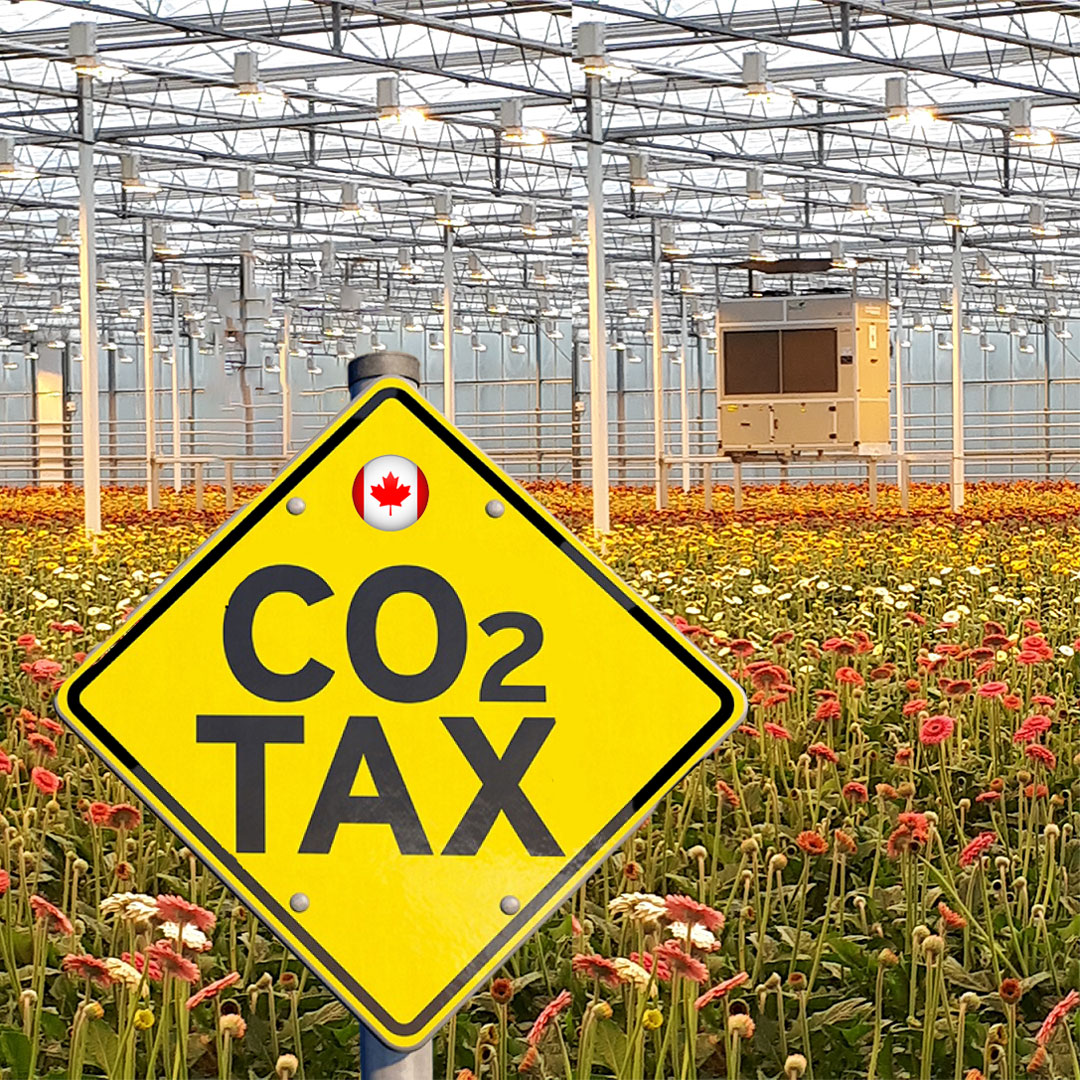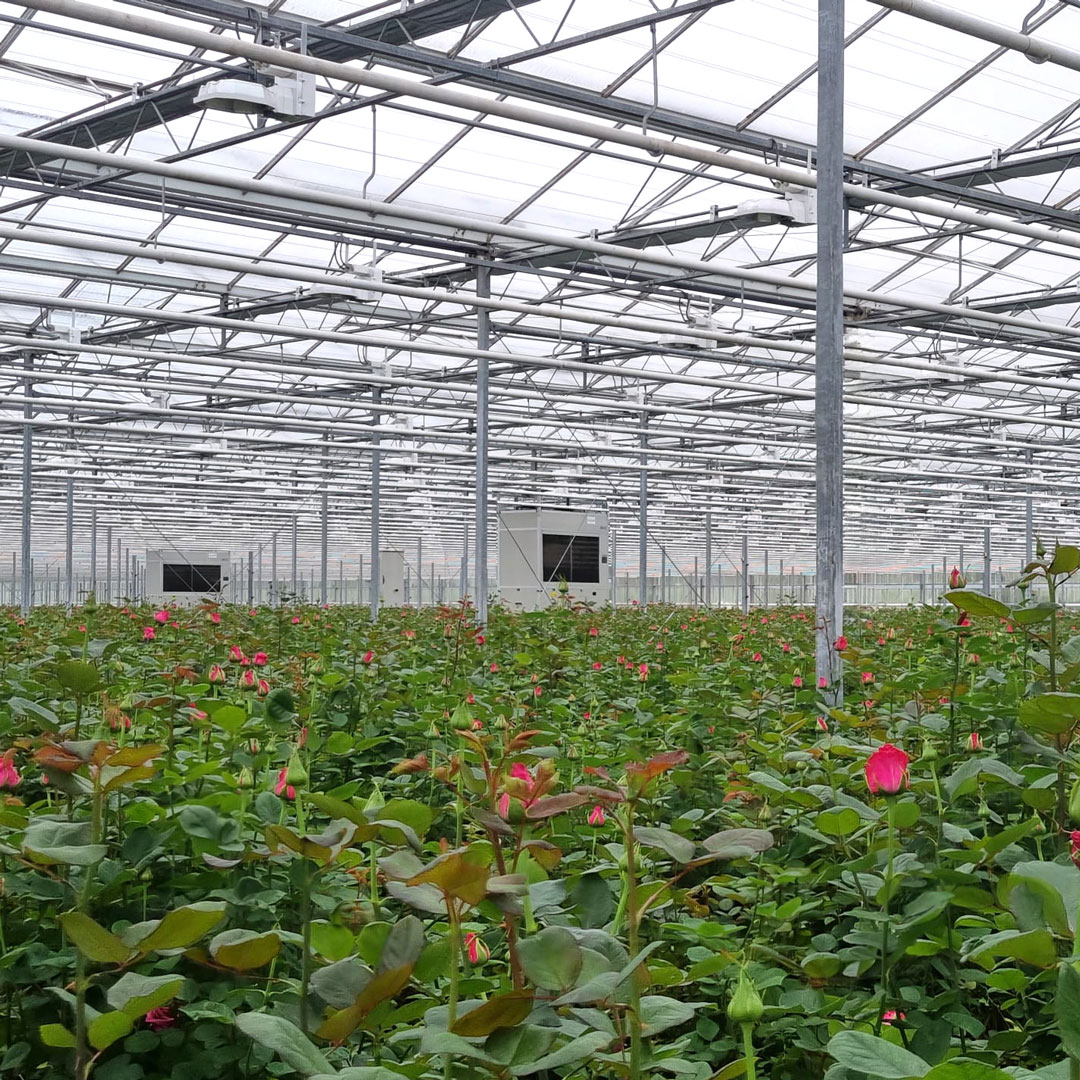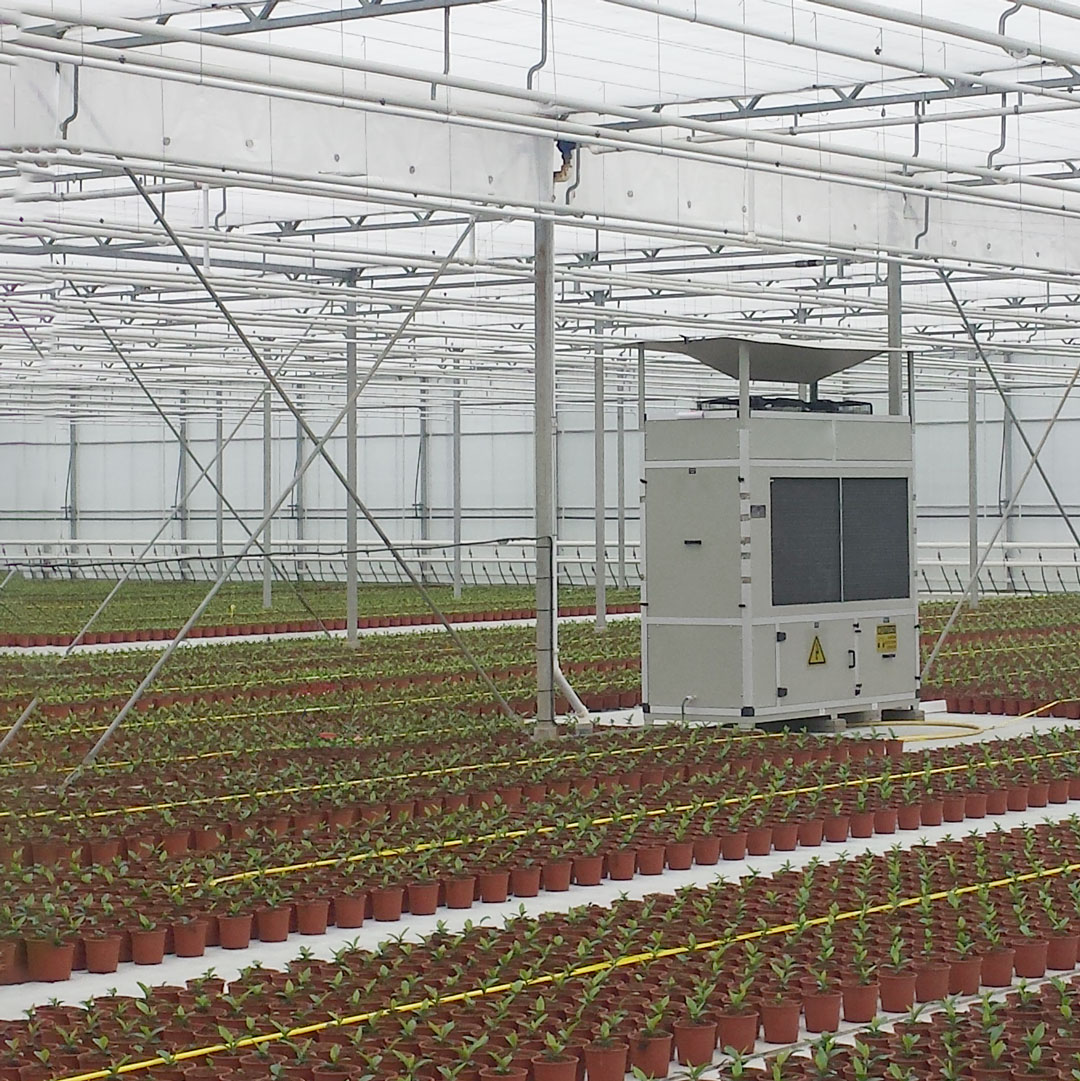Implementing Sustainable Development Goals in Horticulture and Greenhouse Cultivation
In 2015 United Nations Member States adopted the 2030 Agenda for Sustainable Development. The agenda provides a blueprint for a sustainable future, by setting 17 Sustainable Development Goals (SDGs).
DryGair fully supports the adoption of SGDs. As an agri-tech company that develops energy-efficient dehumidifiers, we’ve been championing sustainability in horticulture since our inception.
We work with greenhouse and indoor growers to improve their operations, increasing their yields and reducing their costs, through humidity control.
This article discusses how we can use humidity control to promote Sustainable Development Goals in horticulture.
What are Sustainable Development Goals?
SDGs are a list of 17 goals to implement, in order to create an environmentally and socially sustainable future. The goals cover topics ranging from clean water and energy to food security, education and equality.
SDGs are created for nations, with goals that are tied with national statistics, such as GDP or capita. But we can adjust them to accommodate greenhouses and help growers improve their operations, increasing their yields and cutting expenses in the process.
Sustainable Development Goals in the Greenhouse Sector
Cultivating a sustainable future has a lot to do with agriculture. Even more so when it comes to modern horticulture like greenhouses or indoor grow rooms.
Zero Hunger
Food insecurity is a major global issue. According to the U.N., in 2018, 26% of the world’s population was affected by moderate or severe food insecurity.
Greenhouse growing, from its simplest forms, to the most high-tech facilities, is a way to increase food supply. By creating a controlled environment, even if it only allows moderate control, allows growers to elongate the growing season and prevent pest infestations, increasing the overall food supply.
Clean Water and Sanitation
Another Sustainable Development Goal is access to usable water. This means both the availability of clean water and the ability to transport it.
By 2030, as many as 700 million people are expected to be displaced due to water scarcity. Most of these people live in developing regions, where farms and fields still widely use traditional growing methods, which are generally wasteful with water.
Growing in a greenhouse may also use large amounts of water when done more traditionally, as water used for irrigation ends up as humidity, which is then released through ventilation.
The best way to drastically reduce water consumption in a greenhouse is by closing the vents, utilizing thermal screens and using a refrigeration-based dehumidifier to control humidity. These systems remove humidity from the air and provide clean water as a byproduct, which growers can reuse for irrigation.
This is one of our goals at DryGair – providing the technology that allows growers to save large amounts of water, while protecting their crops.
Affordable and Clean Energy
Access to electricity is one of the building blocks of modern society. Yet close to 800 million people lack electricity, as of 2018. Furthermore, the U.N. has set a target for global energy efficiency – an improvement rate of 3% per year. But globally, we aren’t meeting this target.
Traditional greenhouse growing isn’t energy efficient. Most greenhouses use large heating systems to maintain optimal temperatures, only to ventilate in order to release humidity, losing all that heat and energy in the process.
But there are simple ways to drastically reduce energy consumption and increase efficiency in greenhouses. We recommend adopting a different greenhouse operation method, one that is line with plant empowerment. This is a growing method that focuses on the relationship between the plant and the growing environment.
According to this solution, growers should close the greenhouse, avoiding air exchange with the outdoors, and treat the air inside. This can be achieved with a humidity control system that removes humidity without losing heat.
Sustainable Consumption and Production
Waste and resource management are huge problems in almost all sectors. But in agriculture, it’s an even bigger issue, as growers invest resources to produce food, a vital resource of its own.
According to the Food and Agriculture Organization of the U.N., roughly one third of food produced for human consumption is wasted globally, amounting to about 1.3 billion tons per year.
This, of course, means that we not only lose food, but also the resources invested in producing, packaging and transporting it.
Focusing on the food production side, much of the yield loss is associated with diseases. Specifically, diseases that are tied to humidity, such as botrytis or downy mildew.
One of the easiest methods to eliminate diseases in the greenhouse, is to avoid the conditions that allow them to develop. This relates to integrated pest management (IPM) as well, being the first tier of crop protection – prevention. You can avoid many greenhouse diseases by using humidity control to avoid dew point condensation and prevent diseases from developing in the first place.
Using this method lets growers reduce both pesticide and fungicide use, as well as the electricity and fuel consumption associated with traditional greenhouse humidity control.
Using Climate Monitoring to Measure the Impact of Greenhouse Sustainable Development Goals
At DryGair, we specialize in humidity control systems for greenhouses and grow rooms. Part of our mission is to help growers reduce their energy and water footprints, as well as reduce food loss and toxicity.
Growers can achieve all of these by integrating DryGair in their growing facility and adjusting their operating methods.
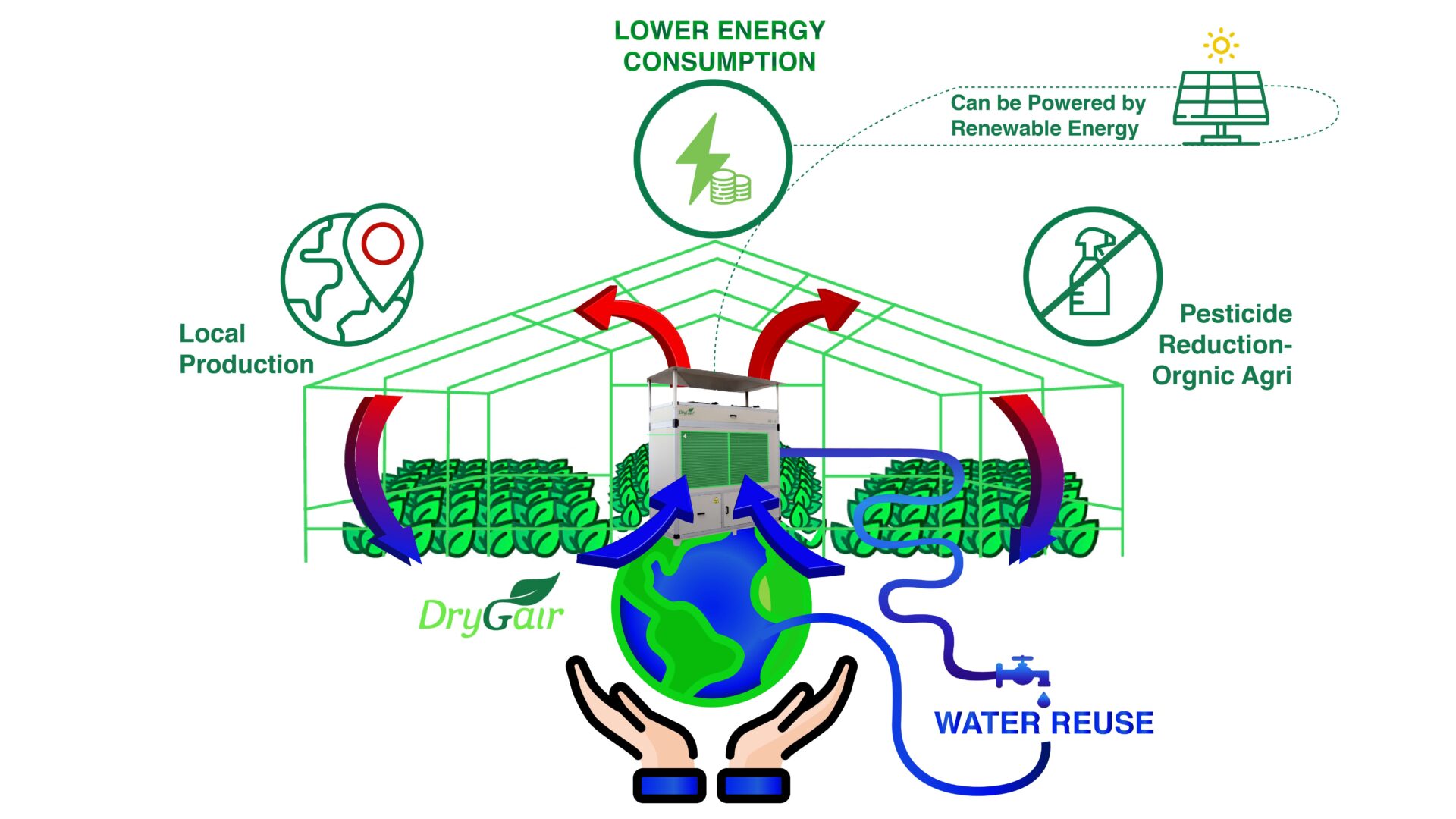
These goals aren’t just hypothetical, they’re actually measurable in greenhouses and other closed or semi-closed growing environments.
Water Consumption
Water is at the heart of agriculture. It’s one of the most basic elements in growing plants. But plants transpire more than 90% of their irrigation water as vapor – increasing humidity.
Food production is a massive source of global water consumption. But we lose most of this water to the environment, unnecessarily.
Closing the greenhouse and using refrigeration-based dehumidification lets growers reuse the water extracted from the air.
Once you understand this cycle, you can easily measure your overall water balance, by using a water meter to measure irrigation water, as well as water expelled from the dehumidifier. Charting this information gives better insight into the inner workings of your greenhouse and your crops, letting you start optimizing your water use.
A good parameter to chart is overall water use compared to overall production. By breaking it down into liters per kg, you can understand and optimize your greenhouse’s water efficiency.
Energy Usage
Growing in a controlled environment, like greenhouses, is energy intensive. The ability to control and adjust the climate relies on using energy for heating, lighting, fans and more.
But by adopting a different approach, you can drastically reduce energy use. Closing the greenhouse retains optimal growing temperatures much better than a ventilated greenhouse. The only problem is humidity build up. Using a greenhouse dehumidifier lets you control the humidity without opening up and losing precious heat. This change in approach can cut back on 50% of your greenhouse energy footprint!
A good metric for greenhouse energy efficiency is kWh/ton of produce. Charting this metric lets you know if you’re improving your energy consumption, in regard to the amount of produce you grow.
Resource Management – Sustainable Production and Consumption
The issue of production and consumption is two-fold when it comes to growing food. On one hand, we invest many resources in its production – fuels, water and nutrients. On the other hand, the end-product is food, a vital resource as well.
Increasing your greenhouse’s sustainability means both reducing inputs and increasing outputs.
By adopting DryGair’s solution, of closing the greenhouse and treating the climate from within, you can easily achieve both.
A closed or semi-closed system, that utilizes humidity control and temperature control separately to regulate the greenhouse, saves massive amounts of energy, which in most cases involves fossil fuels. It also saves large amounts of water, which you can collect, rather than lose through ventilation.
On the production side, closing the greenhouse and using a dehumidifier is the most efficient method to deal with diseases and pests – avoiding their presence in the first place. This means much larger yields.
For a greenhouse grower, simply comparing water and energy use to your total production can be a great starting point to improving sustainability and increasing your profits.
There is much more to learn about SDGs on the U.N.’s Sustainable Development Goals website.
